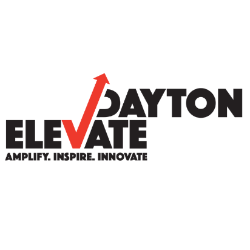Hidden STEM Economy Reveals Persistent Workforce Inequities
By Nate Dillard, powered by Elevate Dayton
The big picture: According to a recent federal analysis, there is a hidden STEM sector and persistent barriers preventing Black, Hispanic, and other workers of color as well as those with disabilities from accessing scientific and engineering professions, reports Axios.
What's new: The "Diversity and STEM" report from the NSF broadens the definition of a STEM job to include professionals in the medical field, technicians, K–12 science teachers, and middle-skill jobs in the building and maintenance industries.
By the numbers: The number of workers in STEM fields as a share of the total workforce increased from 21% in 2011 to 24% in 2021 due to the broadened definition of STEM employment. Black and Hispanic workers continue to be underrepresented despite an increase in representation.
Zoom in: 63% of Hispanic or Latino workers, 52% of American Indian or Alaska Native workers, and 46% of workers with at least one disability work in middle-skill positions.
The big question: How can pathways be created for individuals without a four-year degree to advance in STEM careers and attain leadership roles?
What we're watching: The NSF's upcoming efforts to track gender identity among respondents in its workforce survey.
The bottom line: The STEM workforce must be diverse, and this requires addressing systemic racism and ensuring accessibility for those with impairments.
The community angle: BIPOC and underrepresented communities in Dayton, Ohio, can gain from broader perspectives on STEM careers and opportunities in middle-skill occupations. Making it possible for these people to rise within the STEM economy could increase their representation and boost the local economy as a whole.









Comments